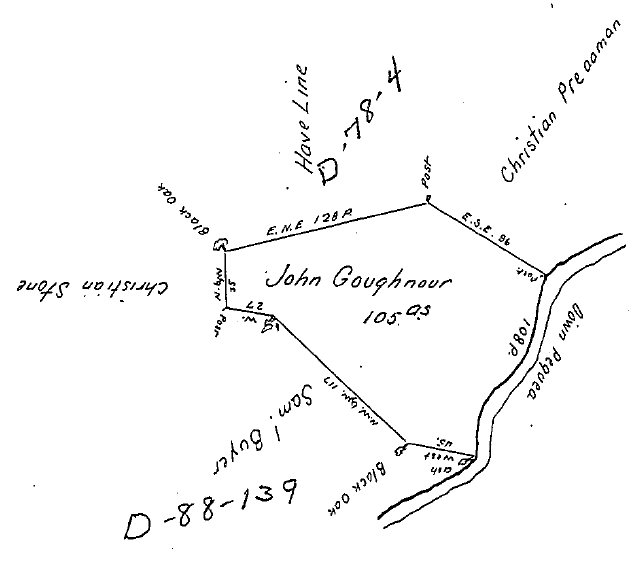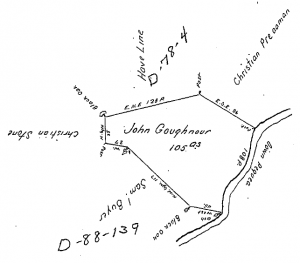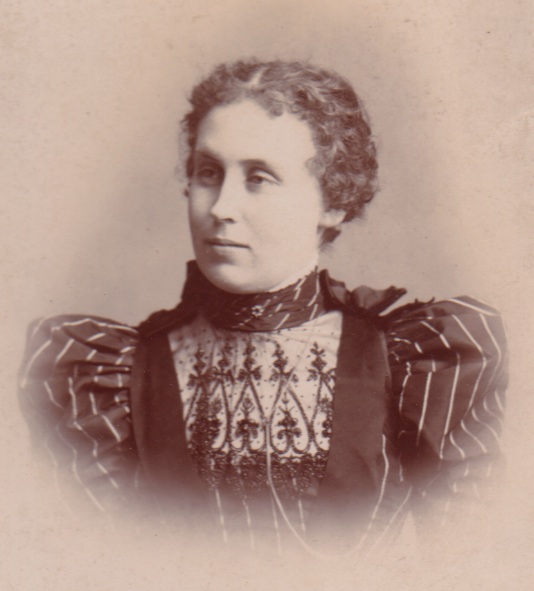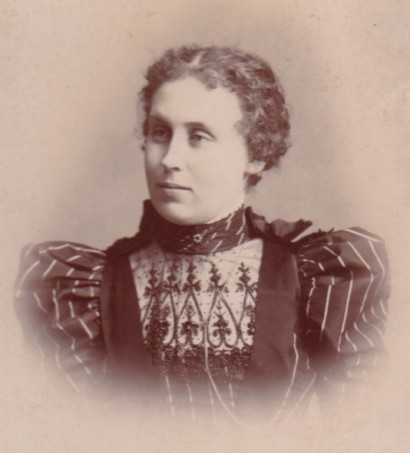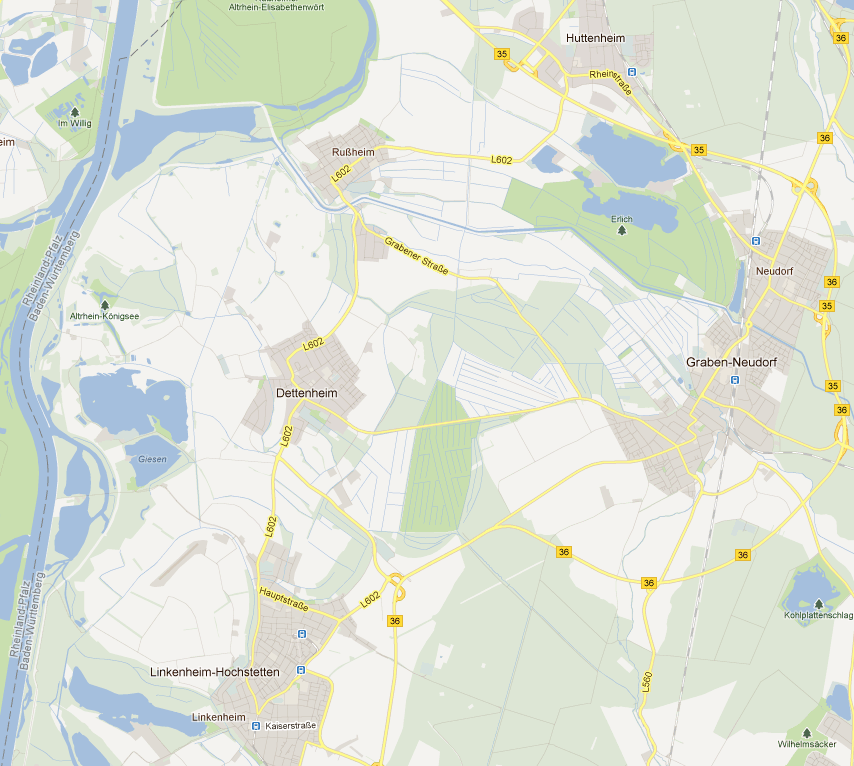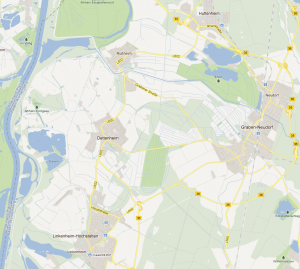On 22 November 1717, Martin Kendig (Kendick, Kendrick, Cundigg) and John Herr (Heer) were warranted 5,000 acres in Lancaster County by the Proprietaries of Pennsylvania. They, in turn, transferred this land to their fellow immigrants. On the 12th of 9mo (November) 1720, four tracts on the Pequea were surveyed in the right of Martin Kendig and Hans Heer to Hans Boyer, Jacob Hoober, Martin Boyer/Abraham Smith, and Christian Stone/Jacob Boyer.
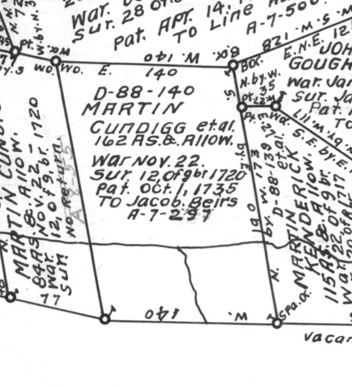
Jacob Boyer’s Conestoga/Martic tract
Sometime between 1720 and 1735, the land was passed from Christian Stone to Jacob Boyer. “Jacob Biers” patented 162 acres on Pequea Creek on 1 Oct 1735. Jacob Boyer apparently lived on this tract for his entire life.
On 20 Jun 1772, Jacob (the elder) and his wife Catharine sold 112 acres from their two tracts—they owned another tract adjoining the first directly to the south in Martic Township—to their son Henry Boyer. This piece of property adjoined that of Jacob Boyer Jr., John Jameson, and Samuel Boyer, and lay along the eastern edge of Jacob Sr.’s two tracts.
On the same date, Jacob and Catharine also sold 160 acres from their two tracts to Jacob Boyer Jr. This piece of land included all the land north of Pequea Creek and a strip south of the creek between those of Henry Boyer (to the east) and one previously sold to Abraham Smith (to the west).
Jacob was apparently preparing for the future in Jun 1772. He also wrote his will at that time. The will abstract names his wife Catharine, children: Jacob, Henry, Barbara, Anna, Mary, Catharine and Elizabeth wife of Jacob Steiner, and grandchildren: Cornelius and Frederick Steiner. The will was probated 30 Oct 1775 and named Catharine and son-in-law Jacob Steiner as executors.
Several years later, on 22 Oct 1781, Jacob [Jr.] and Mary Boyer sold 16 acres from their tract to Rudy Miller. By metes and bounds this piece was situated in the northwest corner of the plot, north of Pequea Creek. It adjoined land of Rudy Miller, John Line and Pequea Creek.
On 3 Mar 1806, Rudy Miller’s heirs—Rudolph Miller, Stephen & Mary (Miller) Rine, and Hugh & Barbara (Miller) Evans—sold their interest in Rudy Miller’s four tracts of contiguous land in Conestoga and Martic townships, including this 16 acres, to John Miller, another of Rudy Miller’s children.

